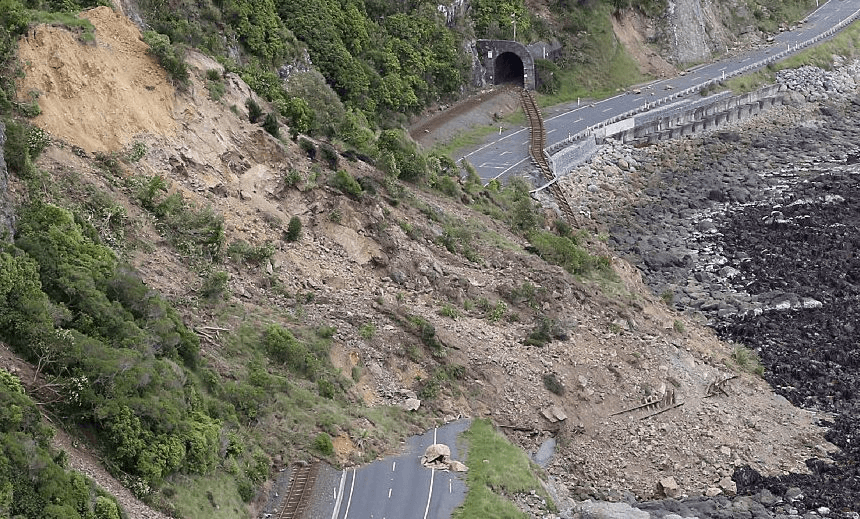From our recent spate of natural disasters to the challenges posed by Covid-19, we’re reminded that building resilience should be about avoiding or limiting damage in the first place, writes Richard Smith, Director, Resilience to Nature’s Challenges
May 18 marked the 40th anniversary of the volcanic eruption of Mount Saint Helens in Washington, USA. A contingent of New Zealand disaster resilience researchers planned to attend this year’s commemorations in Seattle to reflect on shared research on volcanic emergencies. But Covid-19 shifted those commemorations online, which included a great “as it happened” series of social media posts by the United States Geological Survey (equivalent to New Zealand’s GNS Science), with insights into the emotional state of the scientists who were closest to the disaster at the time.
The eruption in 1980 was perhaps the first widely televised volcanic disaster. It featured vivid live reports of the unbelievable collapse of the mountain, the knocked-down forests, the roiling ash plume, and the violent, steaming mudflows that effortlessly took out homes and highways. Well documented are the compelling stories of heroism and folly, of good and bad luck on the day, and tensions between scientists, officials and community members in the lead-up to the eruption.
It remains a benchmark for lessons in volcanic risk communication and understanding the destructive potential of a range of volcanic hazards, such as widespread ashfall on cities thousands of kilometres downwind of the volcano. Many of these lessons were important to how we in Aotearoa responded to the (much smaller) eruptions of Ruapehu in 1995 and 1996, and to our own civil defence planning for similar scenarios when Taranaki awakens.
The eruption anniversary is a reminder that while Aotearoa continues to successfully respond to the Covid-19 health emergency, the threat of other destructive natural hazards remain, along with a high potential for compounding disasters both here and globally. It’s also a reminder that building resilience to natural hazard-triggered disasters has to be more than a reliance on the capacity of our systems and communities to respond and rebuild.
Critically, it requires making decisions and taking actions (in advance of any looming threat) to avoid or limit potential damage and disruption from a range of uncertain future hazard events. Such actions reduce the risk of loss of homes, infrastructure, livelihoods, and social cohesion, and make any needed recovery faster and less costly in both financial and socials terms.
Maintaining a community’s focus (and need for investment) on such actions when no threat is obvious runs counter to human nature. We’ve evolved as a species to deal with imminent and certain threats, not seemingly far-off and vague possibilities. Part of the solution is to better understand and convey the “true” social costs of disasters, calculations which don’t currently factor into cost-benefit decision assessments of what we build, how we build it, and where we build it.
One aspect of the Resilience National Science Challenge mission is to address that gap with improved models of the social and economic impacts of natural hazard events, helping to weigh up the benefits of investment upfront in disaster risk reduction compared to relying on clean-up, recovery and rebuild which are usually much costlier.
Given New Zealand’s recent experiences with destructive and disruptive natural hazards, it’s disappointing to see little reference to disaster resilience as part of this year’s budget. At a fundamental level, important determinants of national disaster resilience include the effectiveness of its public health systems and overall levels of education. In that regard, the significant investments in health and education signalled in the budget have the potential to make long-lasting (but difficult to measure) improvements to New Zealand’s overall resilience.
However, that system-level investment should be paired with specific consideration of minimising future disaster losses at a local and community level for any new building and infrastructure undertaken as part of the Covid-19 recovery. Reducing the impact of future disasters is a strategic choice to make today, with benefits for us now (such as reduced insurance premiums) and for the next generation (through greatly reduced social and economic impacts of the next ‘big one’).
To set us on a pathway to future resilience, choices about what we build and where we build it should be informed by robust physical and social science and, importantly, wide community participation in those decisions.

